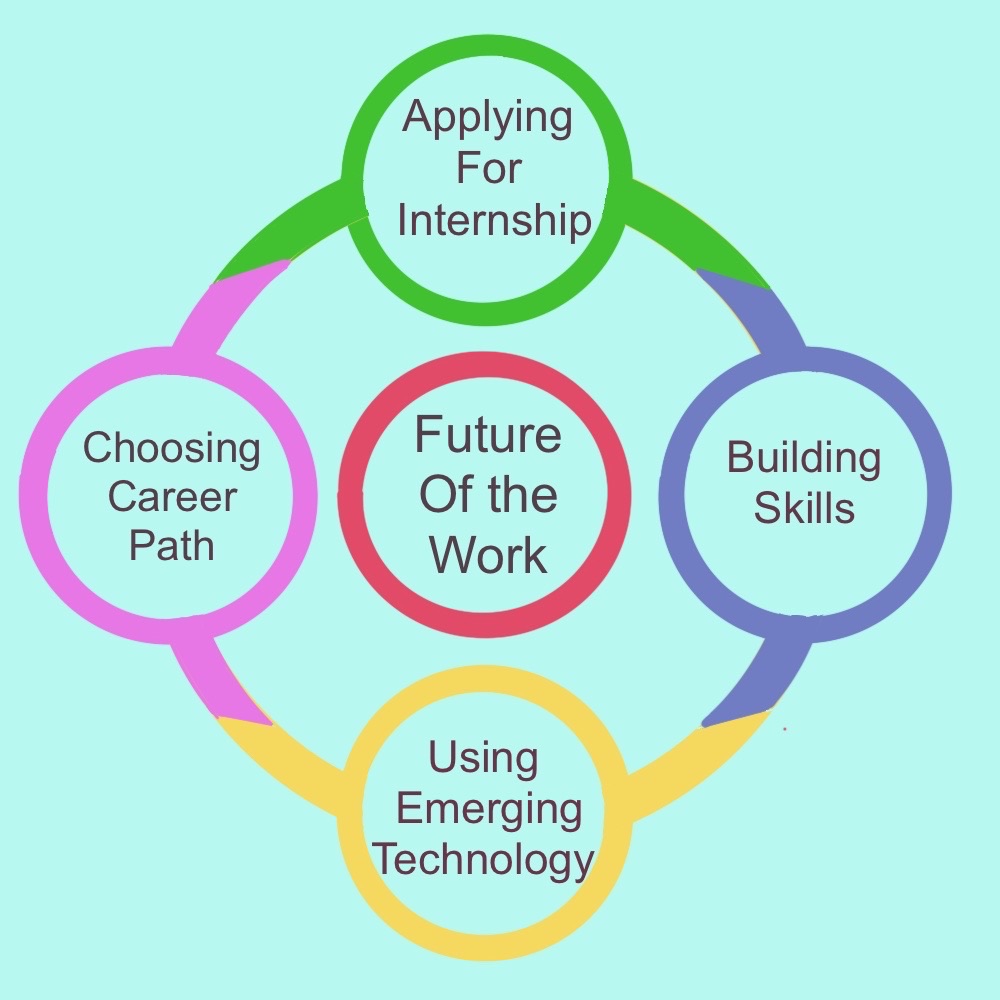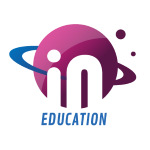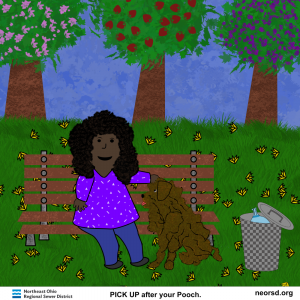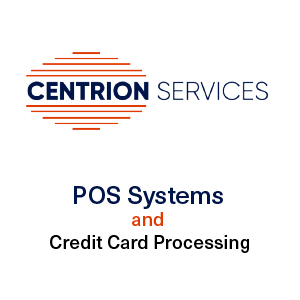New jobs pop up regularly, and the in-demand skills from various industries constantly change. As such, one can expect that the future of work will be drastically different from the present landscape.
The McKinsey Global Institute stated that many jobs would be lost and created because of the adoption of automation, AI, and robotics in the workplace. As a result of these new technologies, it’s important to improve educational systems to teach students new skills and knowledge that can help them thrive in the future of work. Students can succeed in their future careers by reviewing the guidance in the following crucial areas below:

Choosing a Career Path
Many jobs will come and go due to the emergence of new technologies. As such, students must be better guided in choosing a future-proof career path that’s aligned with their interests.
One example of these paths would be a career in video game design. In the article “It’s Not Just a Game – Video Game Designer is a Real Profession,” the writer points out that many large and small companies are looking for Video Game Designers that can create fun apps for various devices. As such, gamers can pursue their passion by learning how to create games using technologies such as virtual reality (VR) or augmented reality (AR).
Applying For Internships Or Jobs
Once students have chosen a career path, they should learn how to write a resume and a cover letter, which are some of the primary skills for applying to internships or jobs. They can simplify the process by following the basic resume layouts on The Balance, where they can choose a format depending on their credentials or employment history. Students with no work experience can use the functional resume layout to highlight foundational skills, while more experienced applicants can use the combination layout to showcase skills and work history. After creating a resume, students can refer to the cover letter samples by LHH to learn how to express interest in certain career opportunities. First-time applicants can list down their qualifications in the cover letter, while other students can mention the referrals of their teachers or mentors to make a good first impression on potential employers.

Building Skills For A Career Path
Students can turn their dreams into reality by building the skills necessary for their careers. The good news is that there are plenty of alternative learning resources that can help students develop hard and soft skills that are essential for their dream jobs. To illustrate, students who want to become video game designers can sign up for certification courses in Codecademy to build coding skills. They can start with the Coding for Beginners class before studying courses on JavaScript, Python, Ruby, or HTML. On the other hand, students can also sign up for classes on Udemy to learn digital marketing, online communication skills, and other essential competencies for the future of work.
Using Emerging Technologies

To better prepare for the future, students should focus not only on developing skills specific to their chosen career but also on building competencies that complement the tasks of emerging technologies such as AI. This will ensure that students offer unique skills that cannot be replicated by machines or software programs.
Mark Minevich, a chief digital strategist of the International Research Center on AI, shares that professionals can have better partnerships with AI when they have the skills to improve the machines’ outputs. To illustrate, having computational thinking skills allow professionals to understand the design principles of computer systems and improve their interactions with these machines. Creative problem-solving skills can also help professionals interact with the machine using natural language to achieve specific outcomes that can address real-world concerns.
It’s crucial for students to have the necessary skills and knowledge that best prepare them to thrive in the future of work. By preparing in advance, students can work towards careers that are in demand and relevant once they graduate.
Article contributed by Rosetta Jackson






















